Nerdle is a class of its own by spearheading the daily games universe with a mathematical twist. Primo facie, it resembles the viral word game, Wordle, as it reverberates the colored-grid scheme and guessing rules. But when letters are replaced with digits and symbols, the emotion, logic, and level of cognition required to tackle the challenge elevate exponentially.
Similar to the viral word game, the Nerdle challenge is a proposition to employ the available numbers and symbols with a maximum of 6 guesses to discover the mystery equation hiding behind the grey columns of the game.
How do numbers work in Nerdle?
While the alphabets are the components that form a word, in a numerical equation numbers and symbols intertwine to generate outcomes dependent on the nature and position of the involved components. You could call any given equation an inextricable knot of numbers and symbols; Nerdle exploits this attribute to replace words with equations and is fashioned in the model of a guessing game.

In Wordle game lingo, the useable “letters” at the beginning of a Nerdle challenge are “0123456789+-*/=” and you have 6 chances to work out the correct 8 (or 6 figure) solution-equation based on the color-based hints given by the system.
Related: How to Play Nerdle: All You Need To Know
Does Nerdle repeat numbers and operators?
Yes and yes. Any numeric formula requires numbers and operators to form its frame. In Nerdle, a player may use any combination of the rational numbers from 1-9, in addition to 0 and the operators — +,-,*,/ — to compute acceptable formulas. While a player has relatively more freedom in the first guess, it is still common to see digits or symbols repeating right from the first guess.
The condition of repeating is not stipulated to follow any pattern other than reason. Hence, numbers or operators could repeat in any order, as many times as it is allowed to make an acceptable guess that stays within the character limit of the game.
Let us examine the screenshot below to validate the logic of the statement. Here, we can see the number “3” repeated twice in the first guess, while both “1” and “7” repeated twice in the second guess. Hence, it can be concluded that repeated numbers not only make an accepted guess but can also be a part of the solution-equation.
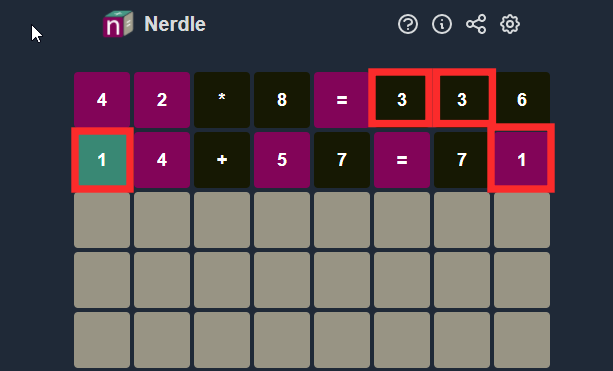
Given the character- restriction of 8 in Nerdle (or 6 in miniNerdle), the propensity for symbols or operators to repeat tends to be higher than you might initially think. While the first two guesses ideally be unique entries, the closer you get to the solution, the more the chances for it to comprise of repeating symbols. The only symbol that cannot repeat in Nerdle is “=”.
The following shows an instance of an operator repeating twice in Nerdle.

Same Number Twice Rule explained
While Wordle gives color-cues to the players to identify repeating letters, is that element also imported to Nerdle? Here’s everything we have found out.
Can you use the same number twice in Nerdle?
Using the same number or operator is allowed as long as they meet the character restriction of the game and the basic laws of mathematics and computation. The repeating number is also given appropriate color- feedback by the system to nudge their guesses towards a favorable turn.
Let’s study the feedback given by Nerdle to a repeating letter or operator/symbols in the game — it is entirely based on 1) the number of times a number/symbol occurs in the solution, and 2) the exact order of occurrence of the repeating letters.
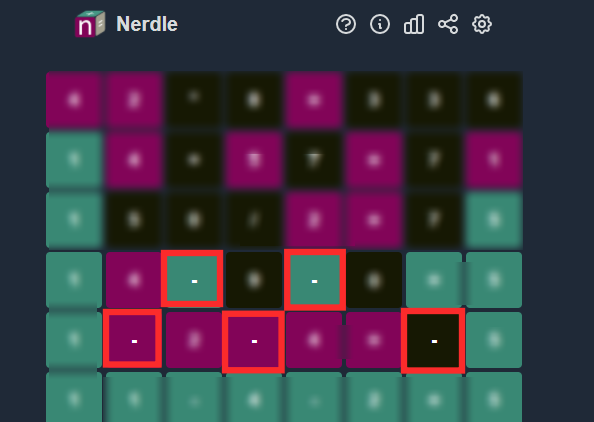
In the screenshot above, we can see both the repeated “-” in the fourth guess in green highlight (indicating they are completely right). At the same time, in the fifth guess, when “-” was repeated thrice, the first two which moved places received purple feedback (partially right because they are in the wrong position), the third repeated “-” got black highlight rejecting it as a surplus occurence.
What happens if you use a number two times but it appears only one time in the answer?
When you make guesses in Nerdle, the need to repeat an operator or number according to feedback is consequential and maybe even inevitable. At the same time, in the early phase of a challenge, you can not guess which is a repeating digit without feedback. Hence, Nerdle offsets the mystery with colored feedback for any or all the repeating numbers or symbols are well.
Let’s analyze the details of how it is accomplished. In the screenshot below, the player has repeated “2” twice in the first guess.
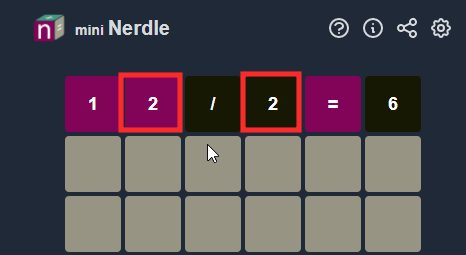
While one of the repeated numbers is given positive feedback with purple highlight, the other is rejected as a non-number in black highlight. This reveals to the player that “2” is indeed a part of the solution-equation however, it only occurs once in the solution.
Another scenario to consider is letter repeating with the second occurrence occupying the right spot as well. If the system gives green feedback to a consecutive repeated letter while marking the previous numbers/symbols in black, it also means that there is only one occurrence of that number/symbol in the solution.
Related: How to Sync Wordle Progress Across Multiple PC
What happens if you use a number one time but it appears two times in the answer?
Nerdle color feedback is entirely dependent on the number and order of occurrence of the digits or symbols. Suppose you enter “1” once in a guess but it has two occurrences in the solution, your input 1 receives purple/green feedback depending on the position of the entry. At the same time, there will be no other indicators pointing towards the existence of a repeating number/symbol.
As we can see in the image below, given the actual occurrence of “-” is twice in the solution, the single entry of “-” in a prior guess was given positive purple feedback because it is in the wrong position. There are no other indicators of a repeating “-” until the player repeated the symbol in the next guess.
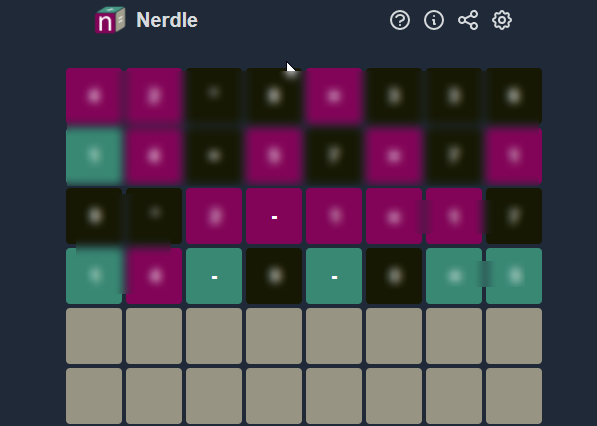
Related: Get Wordle Offline: How to Download Wordle
FAQs
What color feedback will a repeated number/symbol in the wrong position receive?
It depends on the actual occurrence of the character. If it occurs only once, the repeated number/symbol in the right position will receive green feedback, otherwise, the first occurrence of the repeated letter receives purple feedback. If the repeated number/symbol doesn’t occur in the solution at all, all occurrences will receive black feedback.
Can symbols repeat in Nerdle?
Symbols and numbers are both the functional characters of Nerdle. Any of the operators (+,-,/,*) may repeat in a Nerdle equation but the symbol “=” can appear only once in Nerdle equations.
RELATED


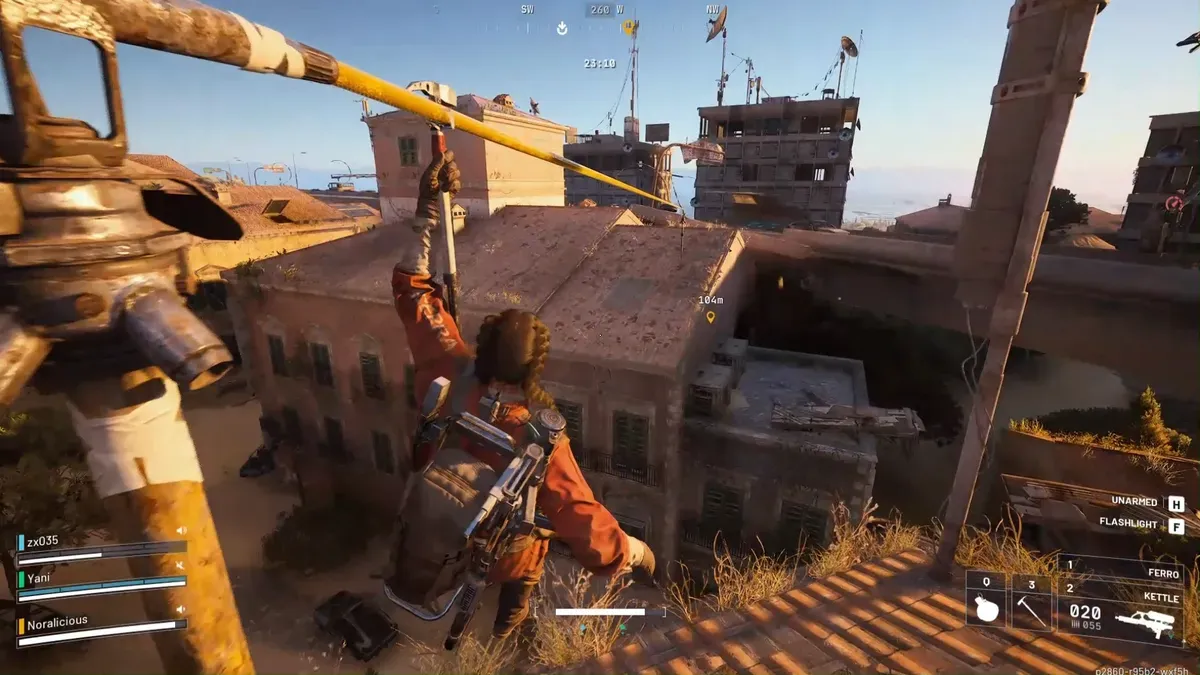



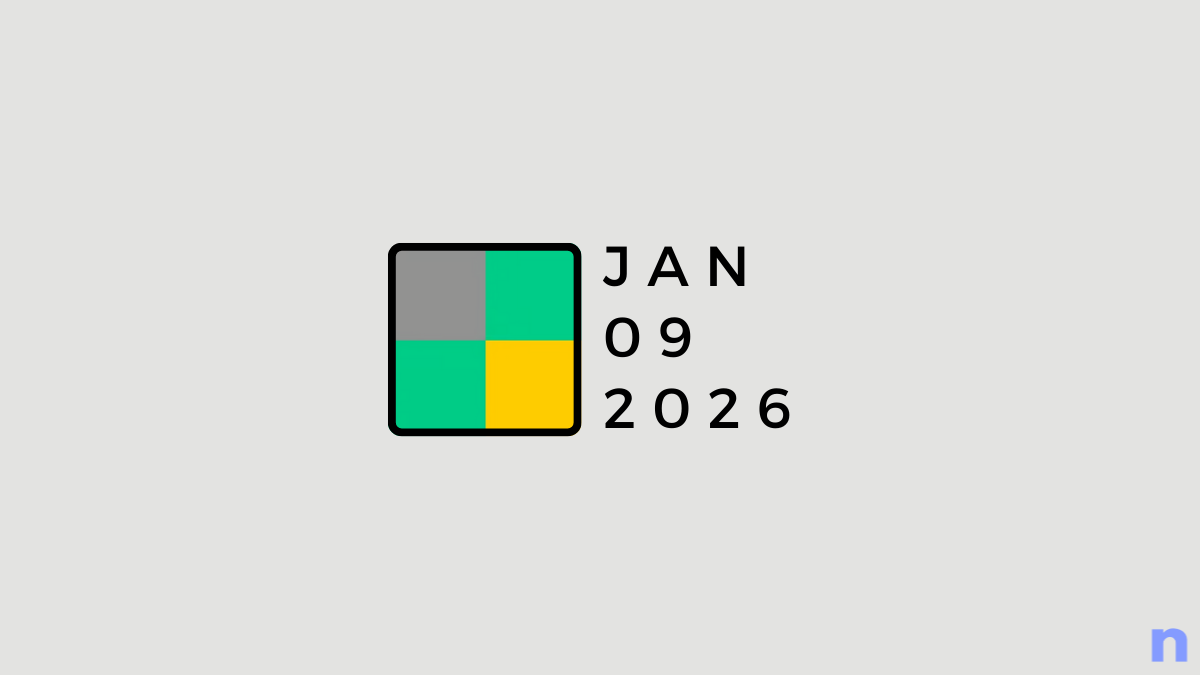
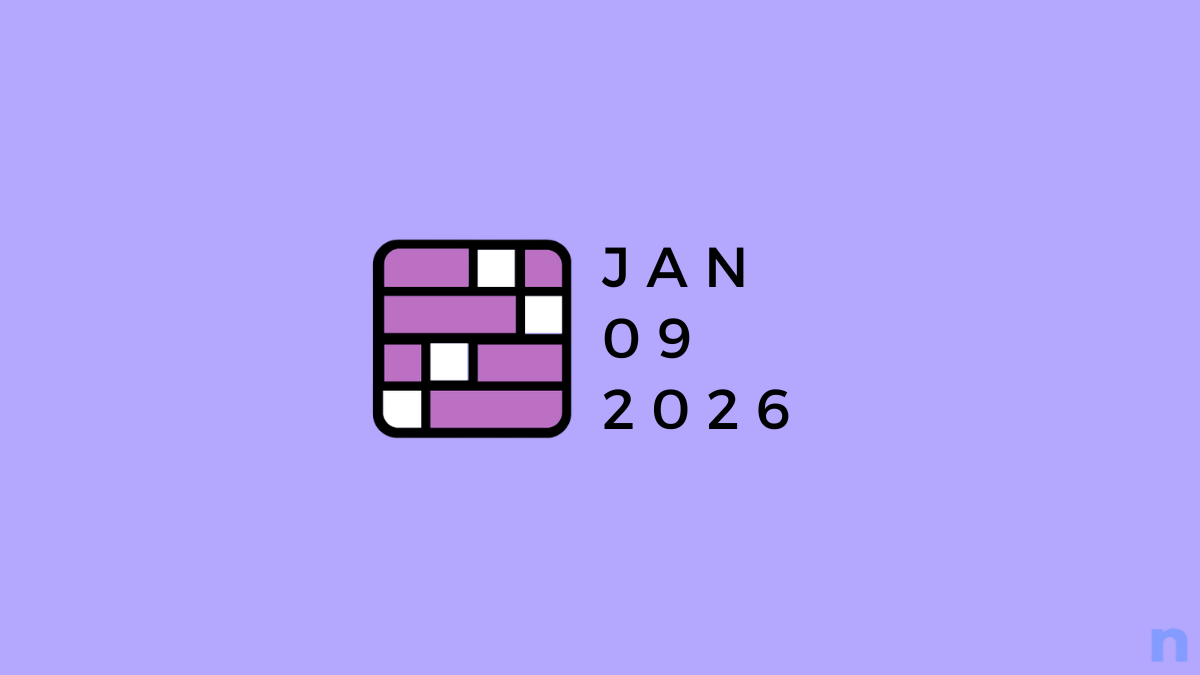
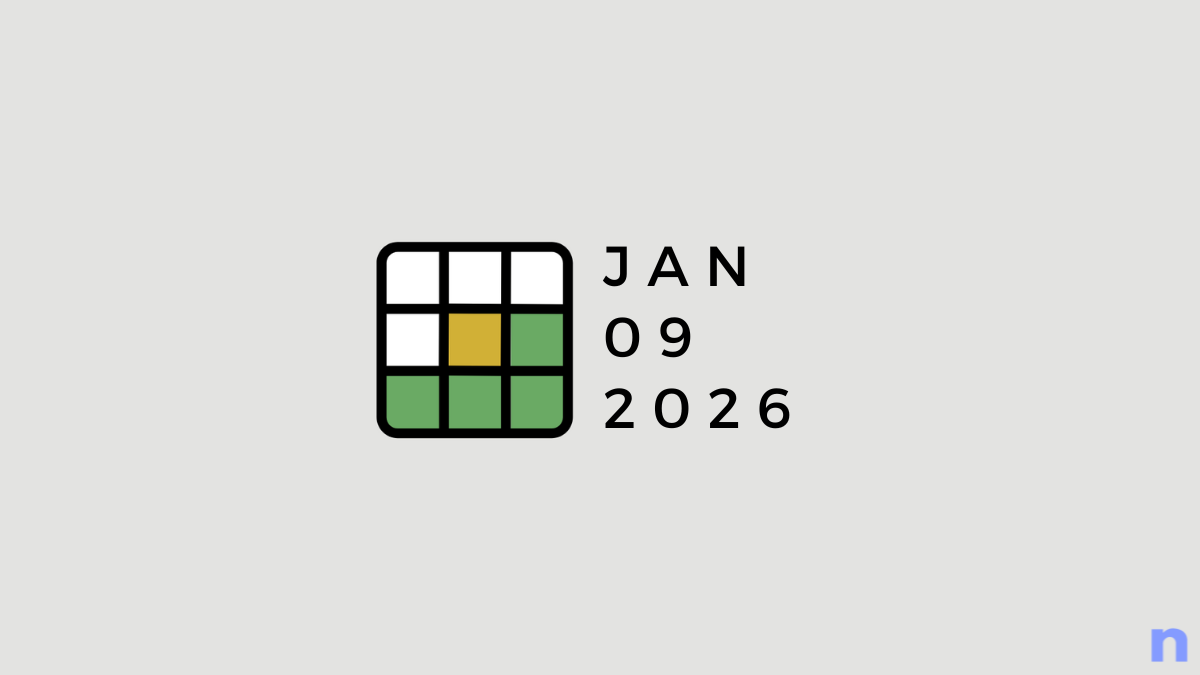
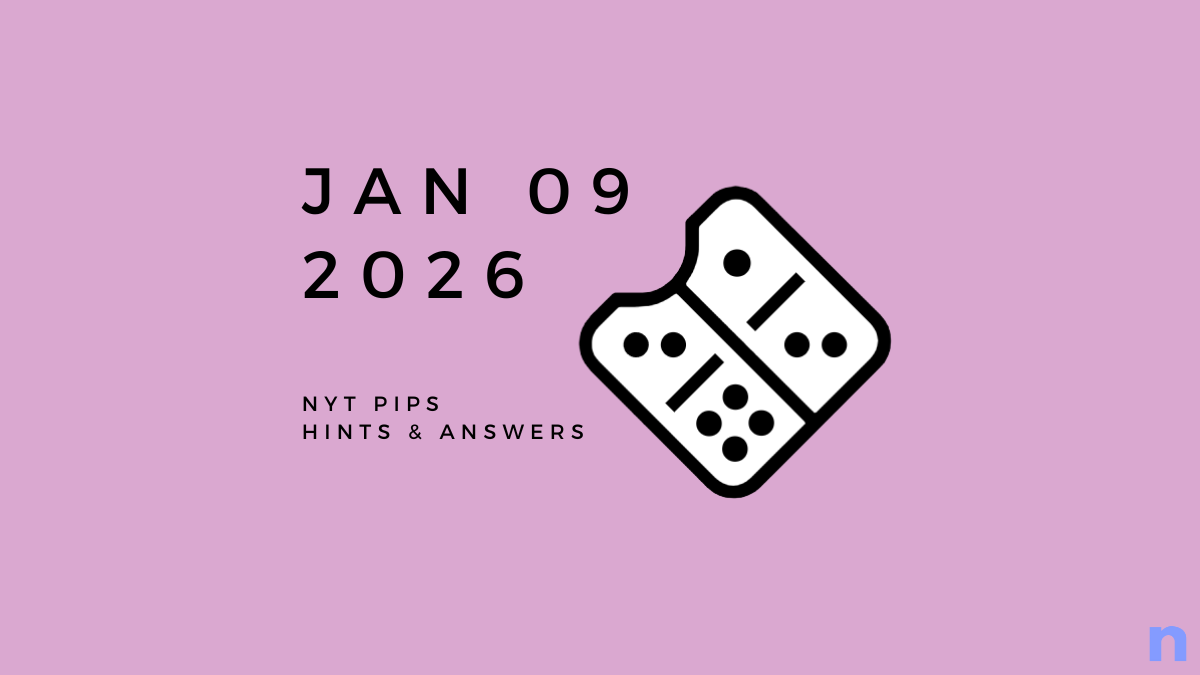


Discussion